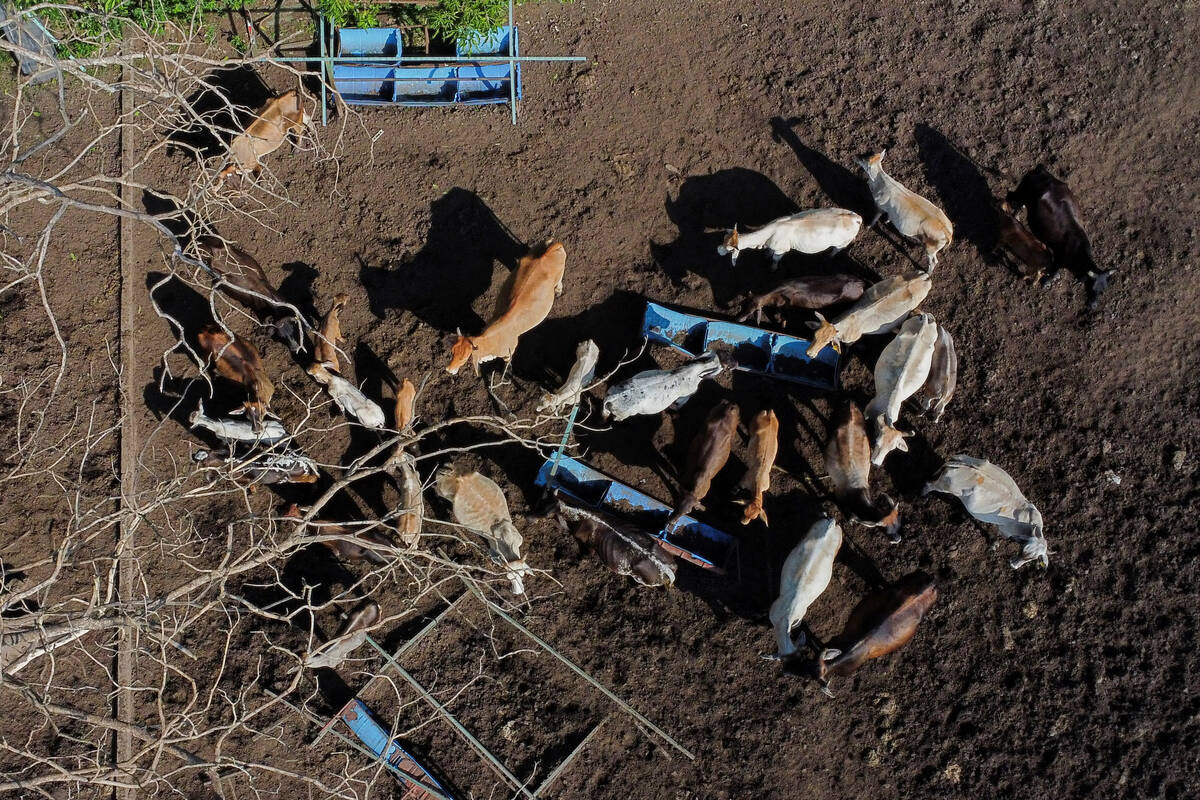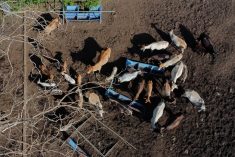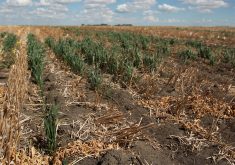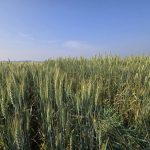Two forage publications have been released by the Grazing and Pasture Technology Program in response to marginal cropland being identified as one of the program’s top priorities.
“This included the economics of forages on marginal farmland and their agronomics,” said program manager Zoheir Abouguendia.
“There is a need to know both.”
Abouguendia said cropland could be marginal because of salinity or erosion, or economically marginal because of increased expenses such as freight and inputs. Economically marginal land can be used for annual crops but it often doesn’t pay.
Read Also

Cattle smuggling worsens outbreak in Mexico
Cattle being smuggled across Mexio’s southern border are making a screworm outbreak much more difficult to control.
He said the publication Re-Grassing Farmland: A Practical Guide to Selecting the Right Forage Species is for producers who want to expand their forage base and those who want to add forages to their operation. The focus is on selecting the right species but it also includes information on seeding and managing forages.
Abouguendia said Re-Grassing Farmland is written and organized for accessibility. A three-page list of the 32 species of legumes and grasses indicates at a glance the tolerance or adaptation of these plants to soil, grazing and climatic conditions. Topics include an overview of seeding, management and maintenance, as well as detailed descriptions, information and notes about special features of each species.
Computer program
Earlier this year, the grazing program released a computer program designed to help producers decide whether to convert from grain to forage. The Marginal Cropland Program is available free from Abouguendia at 306-651-4182 or from the Regina office at 306-757-9499.
While that program and Re-Grassing Farmland may be of greatest interest to those who are relatively new to forages, Rejuvenation of Tame Forages: Southern Saskatchewan is intended for producers with older forage stands.
The publication was prepared by rangeland agrologist Bob Springier. He said a 1996 survey indicated rejuvenation of tame pastures was a top issue with producers.
“This publication discusses many options for improving pasture productivity. The response to and the economics of these options will vary with many factors, including pasture condition, soil characteristics and the availability of the right equipment. This publication shows examples of these costs and benefits of rejuvenation options.”
Options include mowing, herbicides, over-seeding, sod seeding, breaking and reseeding, improved grazing management, and mechanical soil disturbance. Rejuvenation of Tame Forages offers detailed information on each for the brown and dark brown soil zones.
The publications are available free from rural Saskatchewan service centres. A publication on the rejuvenation of tame forages in the province’s parkland region is also available from rural service centres.














